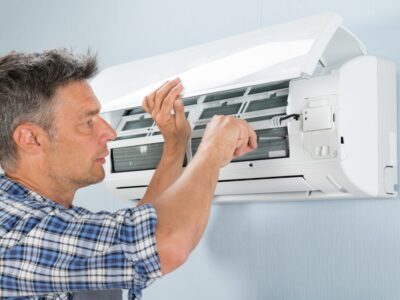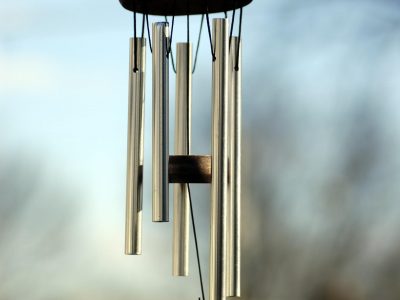Maintenance tasks you can perform to keep your furnace in working condition include checking and lubricating its equipment, as well as inspecting its pilot light for proper functioning and if its breaker keeps tripping check that there aren’t any obstructions preventing airflow through its vents. The following repair issues are easy to do, but keep in mind the pros are probably better for the job than you.
1. Faulty Ignitor
No matter if your furnace uses a traditional standing pilot light or intermittent flame igniter, these recommended parts play a pivotal role in its operation (source: https://forum.heatinghelp.com/). But these small components may become problematic over time without regular caretaking.
Before opening up the burner compartment, turn off all power to your furnace and disconnect its ignitor from its wires in order to check for issues. If it continues glowing orange after disconnecting it from its wiring harnesses, this may indicate an issue with its pressure switches which must first be activated for power to flow to it.
An inoperative ignitor could be the result of several different causes, from wear-and-tear weariness over time to receiving the wrong voltage from its control board. To test it further, connect a millimeter directly to its wire connector for reading resistance purposes and attach an ignitor wire connector cable – this should give an accurate reading.
2. Clogged Filter
Furnace filters help prevent dust, dirt, pollen, pet dander, mold spores and other particles from circulating inside your home by trapping them on the filter screen as air enters through the blower compartment. Regular replacement of your furnace filter can improve indoor air quality while decreasing health concerns and saving on energy costs.
To change a furnace filter, open the service panel and take steps to uninstall and insert a new filter according to any directions on its package. It is advisable that filters should be changed every three to six months depending on your household size and presence of pets as both produce additional contaminants that need filtering out of your air supply.
3. Faulty Thermostat
Furnaces are designed to withstand wear and tear, but they’re still subject to issues. Over time, worn or damaged parts can decrease performance of the entire system, increasing internal temperatures and making it susceptible to overheating. Regular service maintenance checks by service technicians often reveal such problems before they worsen further.
Signs that your furnace may overheat include a burning smell and humming sound, according to this site, with the latter likely signaling that its blower motor hasn’t been working as intended and therefore not dispersing heated air evenly throughout your home. In many instances, burning smells result from dust build-up causing internal components of the system to overheat and eventually overheat completely.
If your thermostat displays a dark screen, this could indicate that its batteries have died, or it is experiencing serious malfunction. To reset it manually by taking action such as taking off its cover and replacing its batteries if that doesn’t work; or check its circuit breaker to make sure it hasn’t been turned off by accident.

4. Faulty Gas Valve
If your furnace isn’t producing heat but the ignitor glows and thermostat reads “on,” it might be worth checking the gas valve. This component controls how much gas enters your furnace and could have failed for any number of reasons (including basement seepage or damage to a solenoid coil). You may need to try some steps yourself in order to isolate and fix this problem.
Check that all wires leading to the gas valve are secure and in good condition (ideally covered in masking tape), without breaks or cuts, before proceeding further. Make sure the switch/dial is in the “on” position and that your furnace’s pilot light is lit if applicable (if this doesn’t exist make sure flame sensor works fine – circuit boards could send incorrect signals that cause gas valve to shut off prematurely without giving the ignitor an opportunity to light).
5. Faulty Heat Exchanger
Heat exchangers are essential parts of your furnace that transfer warm air from its heating source into the house, but over time can crack due to wear-and-tear or stress from constant heating and cooling cycles. Most often this cracking happens near bends and welds; cracks like these could potentially lead to carbon monoxide leakage that poses serious health threats for your family.
Unpleasant odors in the home could be a problem that must be dealt with quickly, but there may also be other sources. If you notice anything strange, stop your system immediately and seek professional inspection or repair furnace in Ohio services. If a technician determines that your furnace has a cracked heat exchanger, they may either recommend replacing or upgrading to a new model furnace.
Cracked heat exchangers allow exhaust gasses such as Carbon Monoxide (CO) to leak into homes and can be highly poisonous, leading to headaches, dizziness, nausea and fatigue as well as even potential death if allowed to build up in large concentrations in your house. A carbon monoxide detector should be included as an important safety device in every home to detect these dangerous fumes and alert owners immediately of their presence.









Comments